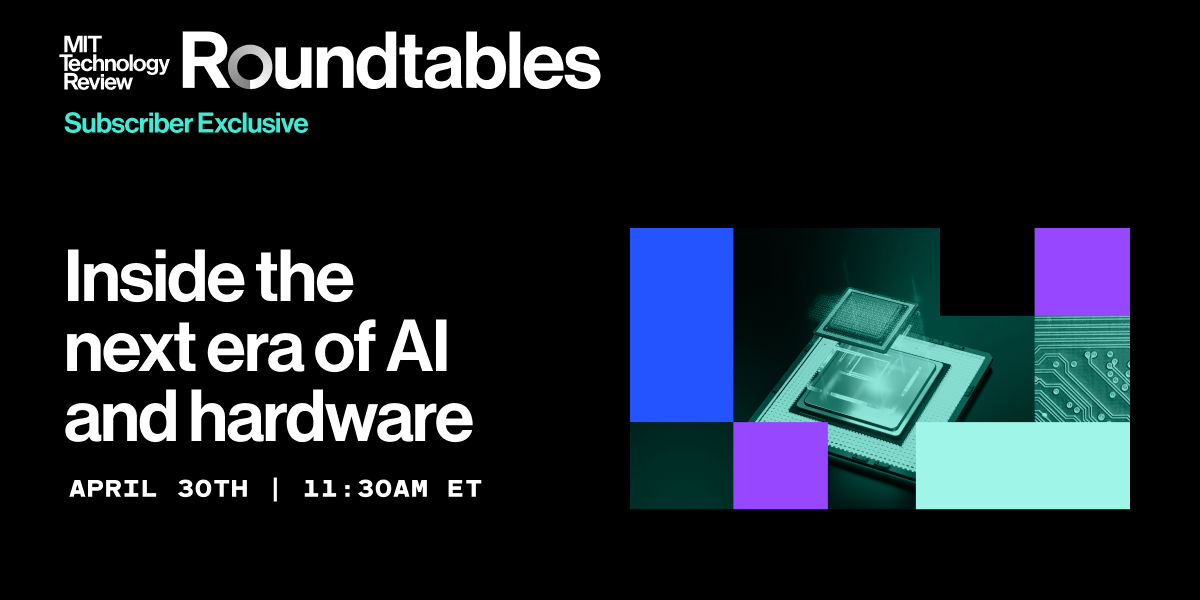

A group called Californians for Electric Rail also views hydrogen as an immature technology. “From an environmental as well as a cost perspective, it’s a really circular and indirect way of doing things,” says Adriana Rizzo, the group’s founder, who is an advocate for electrifying the state’s regional and intercity tracks with overhead wire.
Synthesizing, transporting, and using the tiny hydrogen molecule can be very inefficient. Hydrogen trains currently require roughly three times more energy per mile than trains powered by overhead wire. And the environmental benefits of hydrogen—the ostensible purpose of this new technology—remain largely theoretical, since the vast majority of hydrogen today is produced by burning fossil fuels like methane. Natural-gas utilities have been among the hydrogen industry’s biggest boosters, because they are already able to produce and transport the gas.
Opinions on the merits of hydrogen trains have been mixed. In 2022, following a pilot program, the German state of Baden-Württemberg determined that this technology would be 80% more expensive to operate over the long run than other zero-emissions alternatives.
Kyle Gradinger, assistant deputy director for rail at Caltrans, thinks there’s been some “Twittersphere exaggeration” about the problems with hydrogen trains. In tests, the hydrogen-powered Stadler FLIRT is “performing as well as we expected, if not better,” he says. Since they also use electric motors, hydrogen trains offer many of the same benefits as trains powered by overhead wire, Gradinger says. Both technologies will be quieter, cleaner, and faster than diesel trains.
Caltrans hopes to obtain all the hydrogen for its trains from zero-emissions sources by 2030—a goal bolstered by a draft clean-hydrogen rule issued by the Biden administration in 2023. California is one of seven “hydrogen hubs” in the US, public-private partnerships that will receive billions of dollars in subsidies from the Infrastructure Investment and Jobs Act for developing hydrogen technologies. It’s too early to say whether Caltrans will be able to procure funding for its hydrogen fueling stations and supply chains through these subsidies, Gradinger says, but it’s certainly a possibility. So far, California is the only US state to have purchased hydrogen trains.
Advocates like Rizzo fear, however, that all this investment in hydrogen infrastructure will get in the way of more transformative changes to passenger rail in California.
“Why are we putting millions of dollars into buying new trains and putting up all of this infrastructure and then expecting the same crappy service that we have now?” Rizzo says. “These systems could carry so many more passengers.”
Rizzo’s group, and allies like the Rail Passenger Association of California and Nevada, think decarbonization is an opportunity to install the type of infrastructure that supports the vast majority of fast passenger train services around the world. Though the up-front investment in overhead wire is high, electrification reduces operating costs by providing constant access to a cheap and efficient energy source. Electrification also improves acceleration so that trains can travel closer together, creating the potential for service patterns that function more like an urban metro system than a once-per-day Amtrak route.
24World Media does not take any responsibility of the information you see on this page. The content this page contains is from independent third-party content provider. If you have any concerns regarding the content, please free to write us here: contact@24worldmedia.com

Do you believe the Covid vaccine had negative side effects? VOTE HERE

Latest Google layoffs hit the Flutter and Python groups

‘Women’s rights have been attacked constantly!’

Here’s your chance to own a decommissioned US government supercomputer

AWS S3 storage bucket with unlucky name nearly cost developer $1,300

FTC fines Razer for every cent made selling bogus “N95 grade” RGB masks

Apple confirms bug that is keeping some iPhone alarms from sounding

Roundtables: Inside the Next Era of AI and Hardware

Supplements: Ginkgo biloba boosts memory